Archives
- 2025-12
- 2025-11
- 2025-10
- 2025-09
- 2025-03
- 2025-02
- 2025-01
- 2024-12
- 2024-11
- 2024-10
- 2024-09
- 2024-08
- 2024-07
- 2024-06
- 2024-05
- 2024-04
- 2024-03
- 2024-02
- 2024-01
- 2023-12
- 2023-11
- 2023-10
- 2023-09
- 2023-08
- 2023-06
- 2023-05
- 2023-04
- 2023-03
- 2023-02
- 2023-01
- 2022-12
- 2022-11
- 2022-10
- 2022-09
- 2022-08
- 2022-07
- 2022-06
- 2022-05
- 2022-04
- 2022-03
- 2022-02
- 2022-01
- 2021-12
- 2021-11
- 2021-10
- 2021-09
- 2021-08
- 2021-07
- 2021-06
- 2021-05
- 2021-04
- 2021-03
- 2021-02
- 2021-01
- 2020-12
- 2020-11
- 2020-10
- 2020-09
- 2020-08
- 2020-07
- 2020-06
- 2020-05
- 2020-04
- 2020-03
- 2020-02
- 2020-01
- 2019-12
- 2019-11
- 2019-10
- 2019-09
- 2019-08
- 2019-07
- 2019-06
- 2019-05
- 2019-04
- 2018-11
- 2018-10
- 2018-07
-
More recently Serna Marquez and colleagues investigated LA i
2021-12-03
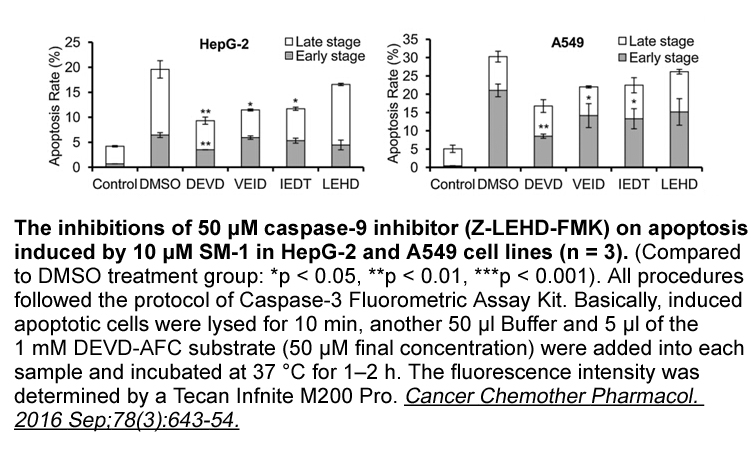
More recently, Serna-Marquez and colleagues investigated LA-induced migration and invasion of MDA-MB-231 breast cancer cells. In this study, LA was shown to induce AKT-2 phosphorylation and cell invasion and migration in MDA cells. LA-induced cell migration was inhibited by siRNA that selectively ta
-
In addition to attenuating joint inflammation
2021-12-03
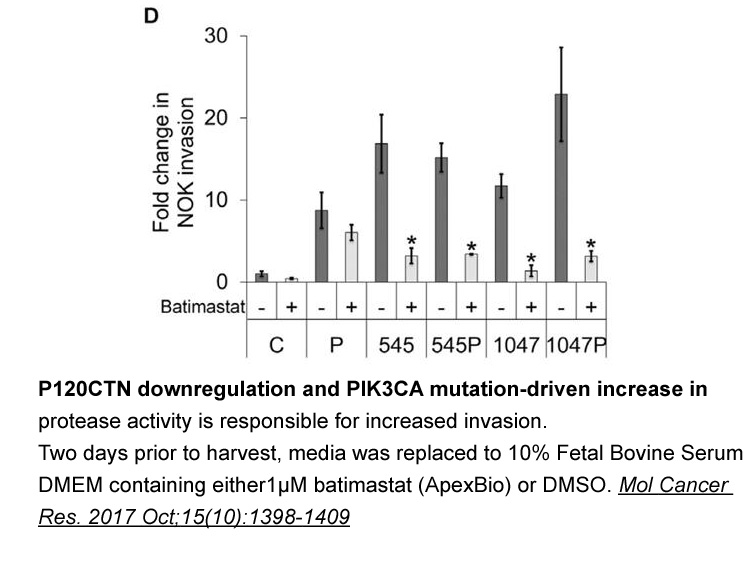
In addition to attenuating joint Aldicarb via T cells, Cpd43 could also decrease the severity of CIA/AIA by suppressing the function of innate leukocytes such as neutrophils and macrophages via FPRs, as has been shown in other acute inflammatory models including neutrophil/macrophage-mediated K/B ×
-
Tamoxifen br Materials and methods br Acknowledgments
2021-12-03
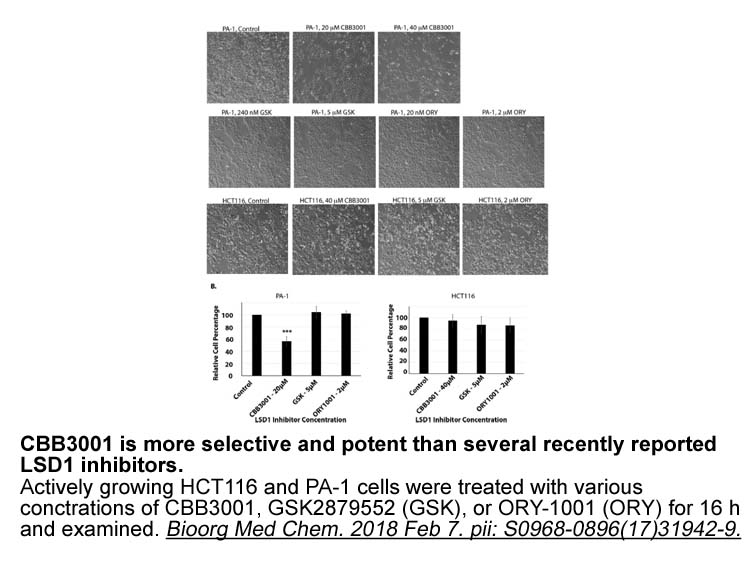
Materials and methods Acknowledgments We are grateful for financial support from the National Natural Science Foundation of China (Grants No. 81661148046 and 81773762, China) and the “Personalized Medicines—Molecular Signature-based Drug Discovery and Development”, Strategic Priority Research
-
br Materials and methods All studies
2021-12-03
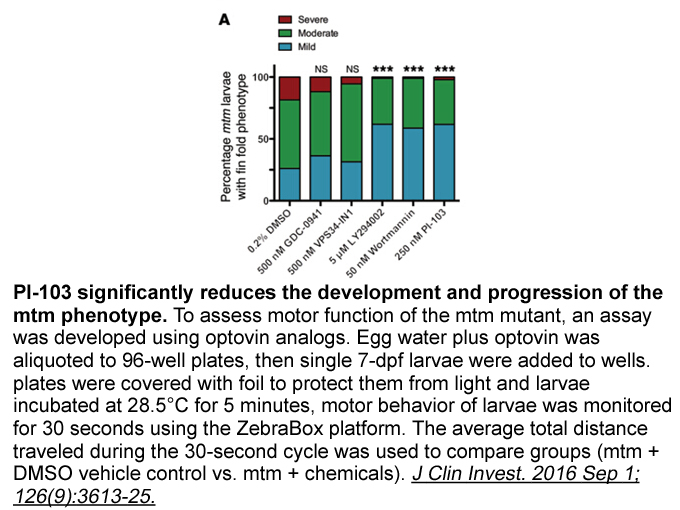
Materials and methods All studies were performed in 230–250g timed-pregnant Sprague Dawley rats (Harlan, Indianapolis, Indiana). Animals were housed in a temperature controlled room with a 12:12 light:dark cycle. All experimental procedures in this study were in accordance with the National Insti
-
br Conflict of interest br Introduction HAT is the founding
2021-12-03
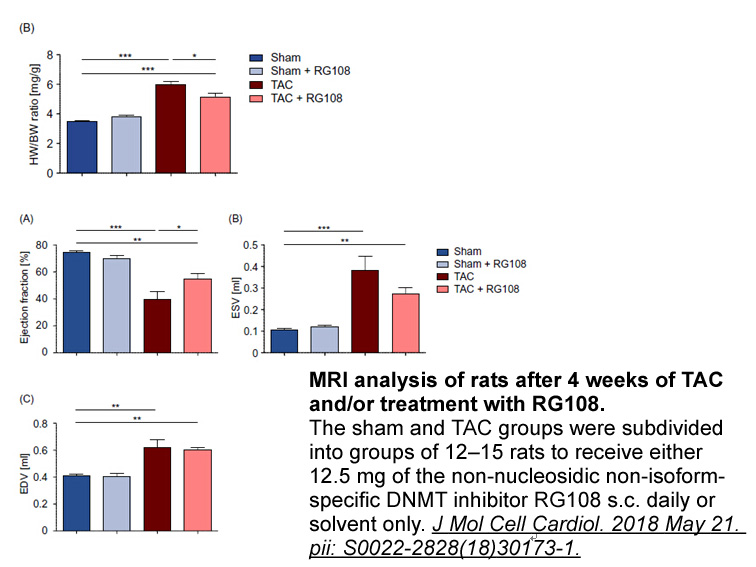
Conflict of interest Introduction HAT1 is the founding member of an expanding class of enzymes known as type B histone acetyltransferases (HATs). HATs are divided into two categories, type A and type B [1]. The type A HATs are nuclear enzymes that acetylate histones in the context of bms-69051
-
The observed tendency for higher plasma lactate levels in th
2021-12-03
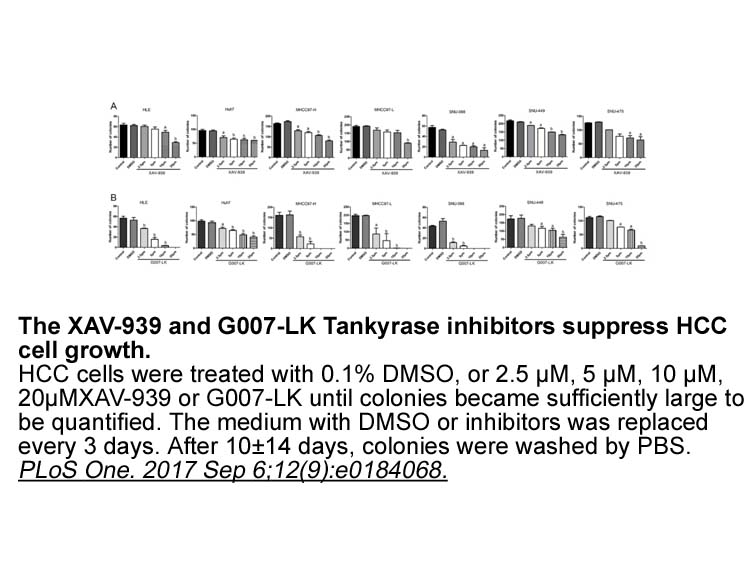
The observed tendency for higher plasma lactate levels in the aerated thermal exposure suggests increased reliance on Phleomycin metabolism to maintain function. This finding is supported by a recent study that observed an increased ṀO2 in European perch (Perca fluviatilis) exposed to a hyperoxic r
-
Materials and methods br Results
2021-12-03
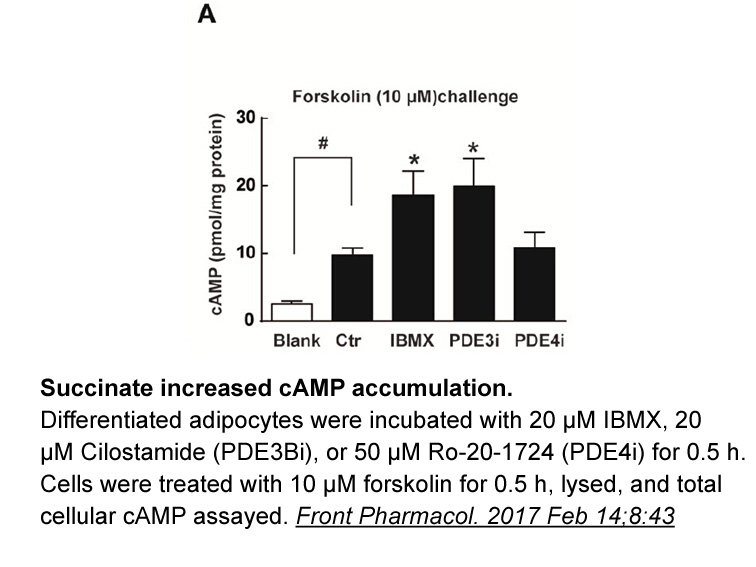
Materials and methods Results Discussion Since LF is a protease, rapid and direct purification is critical for production of functional rLF. Although previous investigators improved the rLF quality by simplifying purification steps, avoiding formation of inclusion body, decreasing degradation
-
Ubiquitination of GlyRs subunit on plasma membrane
2021-12-02
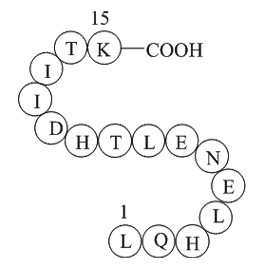
Ubiquitination of GlyRs-α1 subunit on plasma membrane has been shown to initiate the receptor NSC23766 and subsequent degradation in lysosomes (Buttner et al., 2001). However, the specific E3 ligase responsible for GlyRs-α1 ubiquitination is largely unknown as yet. Also, the functional consequence o
-
Glucose uptake a critical metabolic control
2021-12-02
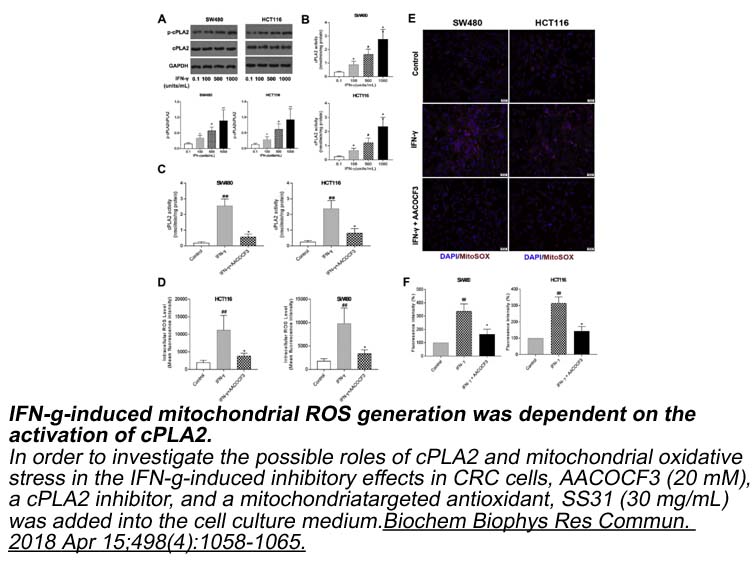
Glucose uptake, a critical metabolic control point in glycolysis, is mediated by the GLUT (SLC2) family of integral membrane transporters (Mueckler and Thorens, 2013). GLUT1 (SLC2A1), one of the most well-studied members of the SLC2 family, exhibits a wide tissue distribution; cell surface expressio
-
The developed method was used to quantify
2021-12-02
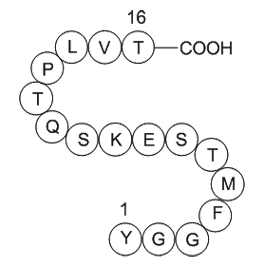
The developed method was used to quantify RBC membrane transport of the anomers of three monofluorinated analogs of glucose in a modified medium designed to provide stable metabolic properties of the cells over the lifetime of the experiment. This allowed us to evaluate the specific interaction (spe
-
Olanzapine has been reported to attenuate insulin secretion
2021-12-02
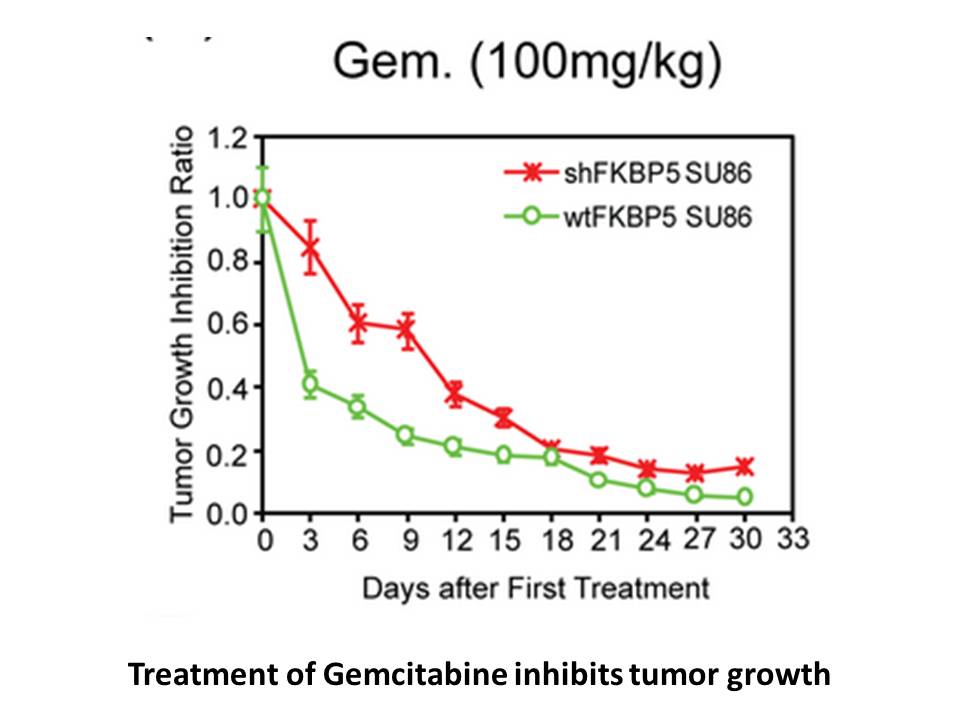
Olanzapine has been reported to attenuate insulin secretion, cause insulin resistance (Chintoh et al., 2008) and reduce whole body carbohydrate oxidation (Klingerman et al., 2014). However, a blunting of these effects in Gcgr−/− mice would not appear to explain the protection against olanzapine-indu
-
br Preclinical development of GIP agonists Since the action
2021-12-02
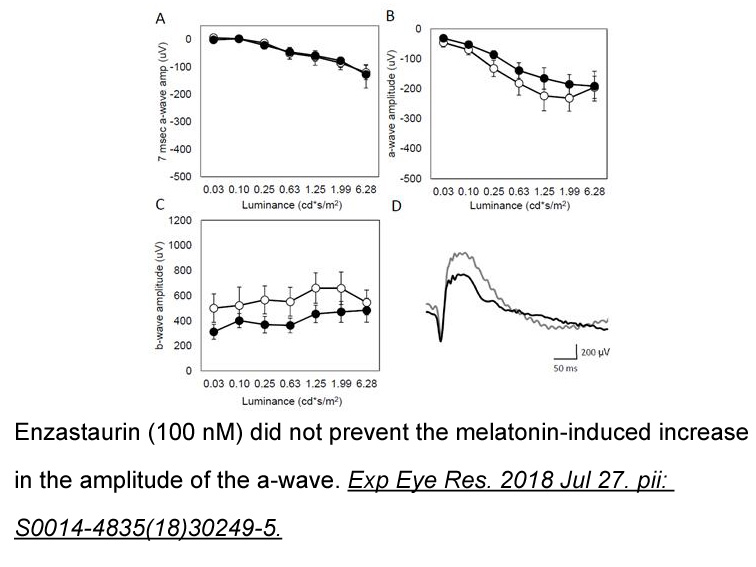
Preclinical development of GIP agonists Since the action of DPP IV is not limited to GIP, the most specific pharmacological approach for GIP would be modification at the N-terminus to disrupt DPP IV-mediated degradation. Indeed, it has been shown that GIP analogues with N-terminal modifications a
-
Tenofovir sale In fact changes in mitochondrial dynamics dir
2021-12-02

In fact, changes in mitochondrial dynamics directly affects many things including cellular metabolism [127], mitochondrial mass and turnover [128], mitochondrial transport, and calcium buffering [129]. Nigrostriatal DA neurons seem to have a preferential susceptibility to loss of Mfn2 when compared
-
More polar substituents introduced on the position
2021-12-02
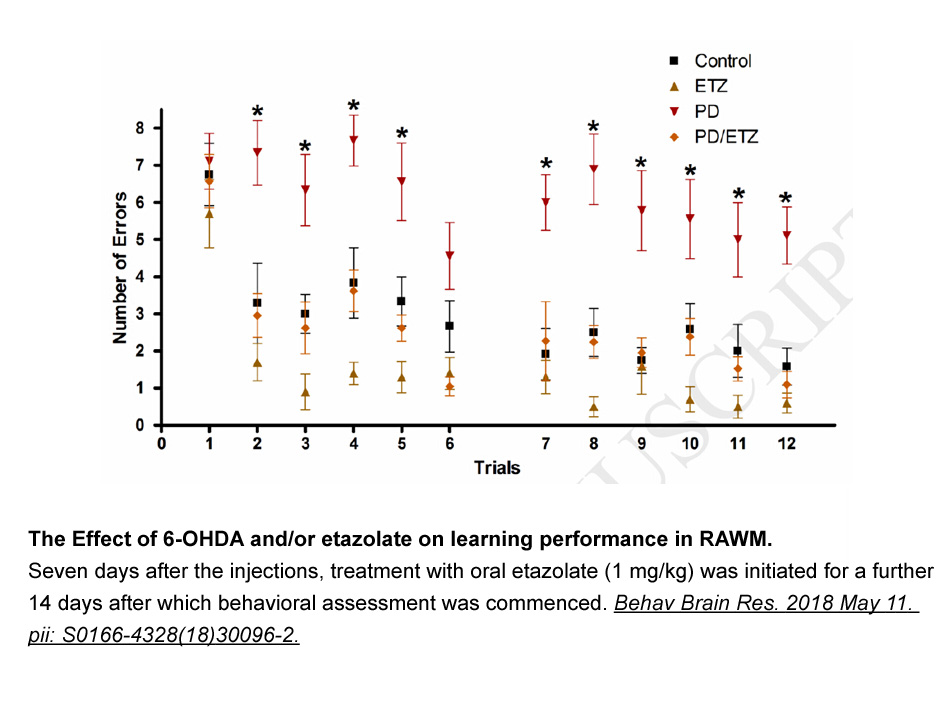
More polar substituents introduced on the 5-position of the aniline ring (e.g., dimethyl amine in ) decreased the lipophilicity of the compounds (4.3 for vs 5.1 for ), but did not affect their potency. For instance, was highly potent in vitro and demonstrated a surprising 51% lowering of Aβ42 in m
-
Hyperactivation of Notch pathway can give rise
2021-12-02
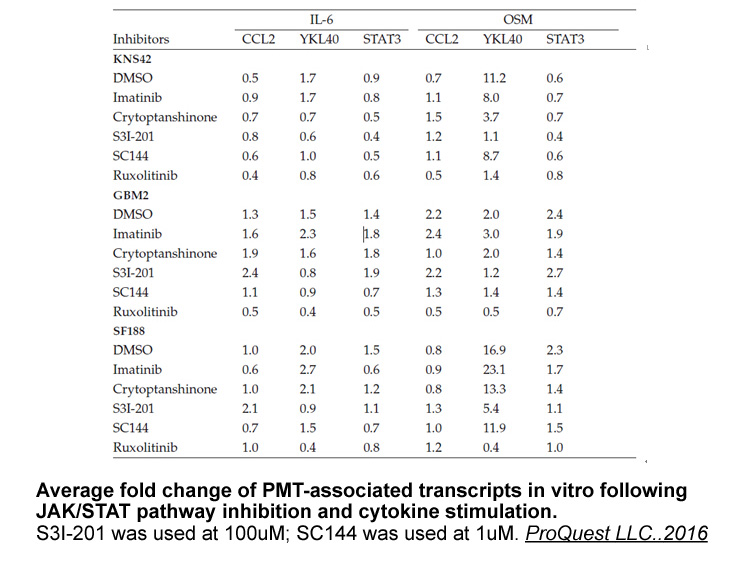
Hyperactivation of Notch1 pathway can give rise to transformation into T-ALL in murine models. In more than 50% of acute T-cell lymphoblastic leukemias oncogenic activating mutations of Notch1 have been detected and inactivation of Notch1 signaling impairs leukemia cell proliferation and promotes ap
15943 records 527/1063 page Previous Next First page 上5页 526527528529530 下5页 Last page